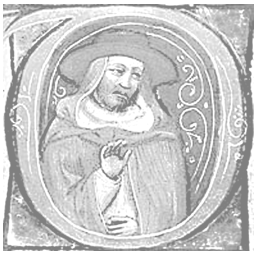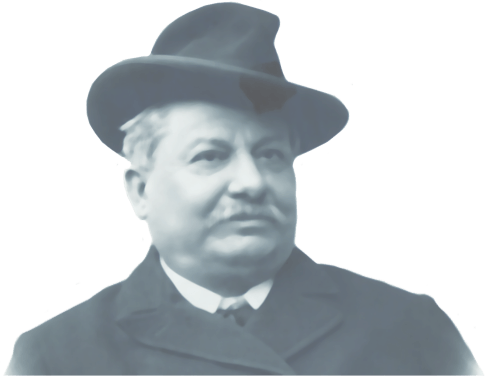The piadina in history
1200 bC
1300

The piada was eaten during Middle Ages too. In 1300, the year of the plague, it was made with dried legumes and acorns. During the Renaissance while the creative minds of the culinary arts were inventing refined dishes, the poor continued to eat the piada, which during famines was often made with bran or even poorer ingredients.
A genuine culture
In 1371 the piada appeared for the first time in a historic document: the Description of the Province of Romagna by Cardinal Angelico. Today, still, the piada is imbued with genuine Romagna culture, its raised areas recall its territory, and its flavor brings to mind the air of the local beaches.
1800
1900
Passing under the rolling pin of history, the piada arrived up to the 1800s thanks to the people and peasants who passed it down in different regional versions. It came back into vogue in the 20th century, made with soft wheat and corn flours, cooked on the “testo” griddle, and filled with cold cuts, grilled meats, vegetables, and cheese.
It was celebrated as the “good bread of Romagna” by the great local poet Giovanni Pascoli, who described it, complete with a recipe, in the presentation to his short poem “La Piada” in 1900: “Piada, pieda, pida, pié are the names by which the people of Romagna call the flatbread of wheat or corn or mixed flours, which is the food of the poor people; and it is mixed without leavening; and it is cooked on a clay griddle, which is called a ‘testo’, over the fire…” In 1920 it gave the name to “La Piê”, a magazine of poetry and culture founded by the physician and writer Aldo Spallicci for the recovery of the dialect and folk traditions of Romagna.
